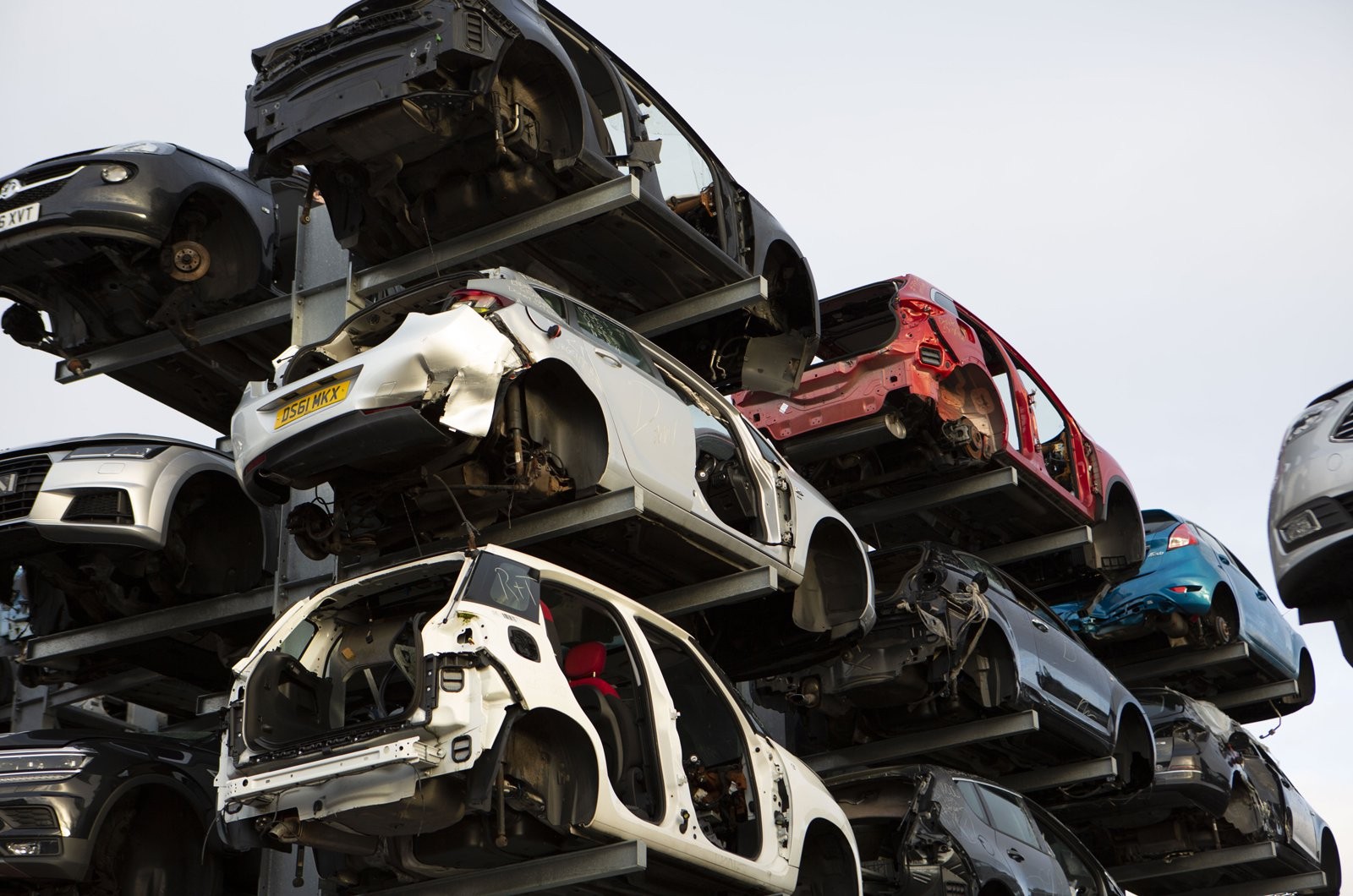When considering purchasing a used car, especially one at a significantly reduced price, you might encounter terms like “Category N write-off.” Understanding what this designation means is crucial for making an informed decision. Vehicles are categorized based on the severity of damage they’ve sustained, and Category N is one of these classifications. It indicates a car has been written off by an insurance company but deemed repairable. However, “Category N” doesn’t tell the whole story, and it’s essential to delve deeper to understand the implications for potential buyers.
Decoding Car Write-Off Categories
In the automotive industry, insurance companies categorize written-off vehicles to classify the extent of damage and dictate their future. These categories help determine whether a car can be repaired and safely returned to the road or if it should be scrapped. The UK, for example, uses categories that range from vehicles that should be completely destroyed to those with minor, non-structural damage. Category N falls into the latter group, signifying a vehicle that, while damaged, can be repaired and legally driven again.
What Exactly is a Category N Car?
A Category N car, often referred to as a Cat N car, is officially defined as a vehicle that has sustained non-structural damage. The “N” in Category N stands for “Non-structural.” This means the damage primarily affects cosmetic parts, electrical systems, or mechanical components that are not crucial to the car’s structural integrity. Examples of damage in a Cat N car might include dents to body panels, damaged bumpers, issues with the car’s electrics, or problems with the braking or steering systems that are deemed uneconomical to repair by the insurer relative to the car’s pre-accident value.
It’s important to note that while the damage is classified as non-structural, it doesn’t automatically mean it’s minor or insignificant. Repairs can still be extensive and costly, potentially involving replacement of key safety components like brakes, steering or suspension parts. Although the car’s chassis or frame hasn’t been compromised, the vehicle might have been deemed an “uneconomic repair” by the insurance company. This simply means the cost of repair exceeded the car’s market value before the damage occurred.
Legally, a Category N car can be repaired, re-registered, and driven on public roads. However, the vehicle’s history as a Category N write-off is permanent and should be disclosed by reputable sellers. While it’s not always recorded in the car’s logbook (V5C document), a vehicle history check will reveal its Cat N status. This check is crucial for any potential buyer to understand the car’s past and assess if the repairs have been carried out to a safe and satisfactory standard.
Category N vs. Category S: Key Differences
Category N is often compared to Category S, another classification for repairable write-offs. The critical difference lies in the type of damage. While Category N signifies non-structural damage, Category S indicates structural damage. A Category S car has sustained damage to its chassis or structural frame, but it is still deemed repairable. Repairs to Category S cars are typically more complex and may raise more concerns regarding long-term structural integrity compared to Category N vehicles.
Conclusion
Understanding “what is a category n car repair” is vital for anyone considering buying a used or repaired vehicle. Category N cars offer an opportunity to purchase vehicles at a lower price point. However, it’s paramount to conduct thorough due diligence, including a comprehensive vehicle history check and potentially a professional inspection, to ensure the car has been repaired to a safe and roadworthy condition. Knowing the vehicle’s history empowers buyers to make informed decisions and navigate the used car market with confidence.

